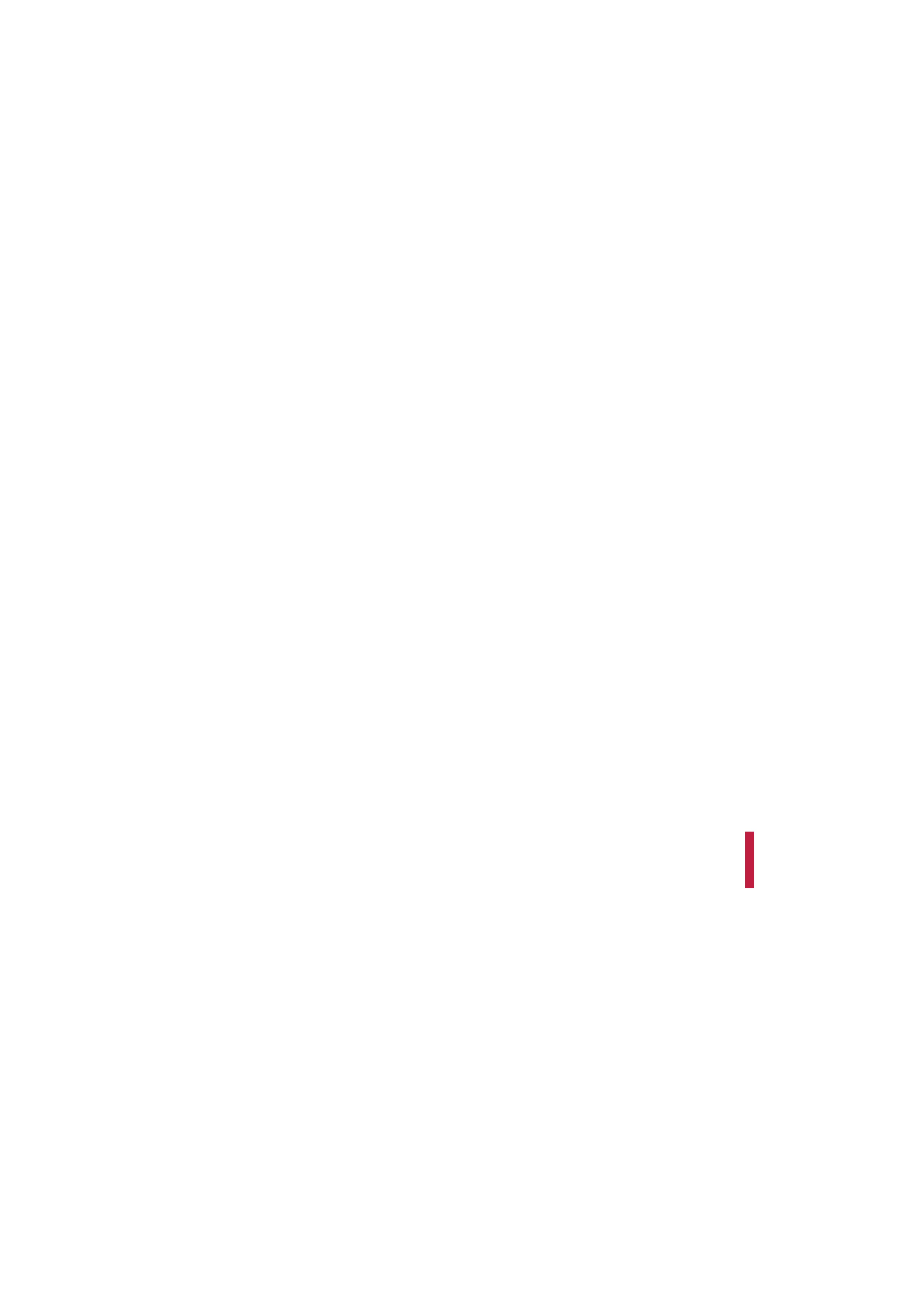
5 minute read
JAN-TIMO GESCHWILL
ON THE EDGE FACETS OF A SELF PORTRAIT IN VR
Jan-Timo Geschwill
Jan-Timo Geschwill is an artist living in Amsterdam with his partner and two young children. He was born in 1981 in Ahaus, West-Germany, close to the Netherlands. Being the child of musicians, he grew up in an artistic environment. In the aftermath of school and civil service he left the small town and moved to the city of Berlin. Following a short and firm intermezzo into the study of musicology and philosophy at the university he became involved in the German film landscape. Soon he moved to Hamburg and explored commercial productions from different positions in the production chain. In 2009 he moved to Amsterdam to return to his desire to study. Jan-Timo Geschwill received a B.A. in Design from the Utrecht School of the Arts in 2015.
my conditions; your rules; our future









Encountering reality through subjective experiences makes me understand and conceptualise the present. I tell the story of a confrontation and negotiation between the individual and the collective, of the relations of power between the individ- ual and the institution, as well as of the encounter and the tension between the artist and the spectator. Against the backdrop of experiencing diverse Histories, I reflect critically on the conjunction between society, identity, technology and media. This leads to a process in which I con- tinuously challenge myself to question assumptions, to unveil hidden projections and demystify universal understandings.
The artistic research project On the edge revolves around understanding how the enthusiasm about technology, and in particular virtual reality, connects to different contexts; specifically film and art.
I am mapping these questions critically as part of my research into the idea of a self-portrait in Virtual Reality. This research led me on a personal journey to frame my ‘self’ - a journey which unfolded many unexpected layers. Politics, ethics and power were just a few of the layers I encountered.
I never try to objectify the resulting understandings. Instead I seek a personal expression and articulation of those experiences which can then serve as the foundation for my story. Following the experience of the birth of my second son and my mother’s suicide I immersed myself in a landscape of memories while simultaneously being absorbed in the present through my two children. But where do past and present meet? How do I guide these past traces towards the present and how do I want to guide them from now on?
My relation with History was always confusing. I never fully understood how my diverse family histories, merged in me and permeated my story. What role plays my forefather, the priest Johann Ludwig Schneller, who in the 17th century in the south of Germany, followed a call of God and went to And what about my Polish-Jewish great-grandfather Martin Schultz, on my mother’s side, who survived the death camps of the Third Reich? How do I relate that to the story of my grandfather Rudolph Geschwill, on my father’s side, who was an officer in the Wehrmacht? How do I make sense out of these different and opposing Histories?
How does the revolutionary attempt of my parents to leave everything behind and unite victim and perpetrator inform my existence? Which projections and positions does History contain and conserve? When are virtual realities actualised and refreshed?


As I advance through this quest, the encounter with these past worlds accentuate the feeling of powerlessness towards the different layers of History. Powerlessness - a complex notion with different meanings. Depending from which position it is articulated, it creates different stories. Yet it also serves as an expression of a subjective experience. A feeling of confusion. An anachronistic habit of a self-projection of historical suffering and guilt. Blurred subjectivity which I try to encounter with creativity and poetry.
By focussing on the medium of VR I had to look into form and technology, coding, data and networks, interaction and immersion. VR is considered to be a new medium. Its core idea is to mirror the human sensory motor system through computer powered processes. It is a new canvas, a new tool in and through which a portrait, a memoir, a sculpture can be molded. It’s a new way to express oneself. VR can create the possibility for the spectator/participant to experience the portrait or even to become one with the portrait.
The Puppeteer
How do we relate to notions of body ownership, of the Self - and Others - as a Self, in VR? How much am I self-determined? Am I a marionette or am I the player of the marionette and how do those perspectives differ? When I think of how to express the Self in a self-portrait it is inevitable to think of the Self as something dynamic. These dynamic aspects of the Self can be experienced in the medium of virtual reality. With movement as the facilitator of that dynamic expression of the Self. From an artistic point of view all those research questions are support structures for my practice. They help me to map different perspectives and to enlighten the broader question of the self-portrait in virtual reality.
Concept & Idea Jan-Timo Geschwill Unity Developers Marlon Sijnesael, Sergi van Ravenswaay 3D Design Jens van Kampen MoCap Operators Barry Mertens, Ronald van Alphen Performance 1st iteration Marjolein Vogels

Special Thanks Nienke Rooijakkers, Jason Malone, Anton Eliëns, Eyal Sivan, Kristina Daurova, Áron Birtalan, Sergio González Cuervo, Kimberley Smit, Ward ten Voorde, Maria van Heijningen van Heidemann, Bob Kluivers
With the support of Cinedans VRLAB, Beamsystems, IDlab and Goleb Dance film LAB
















